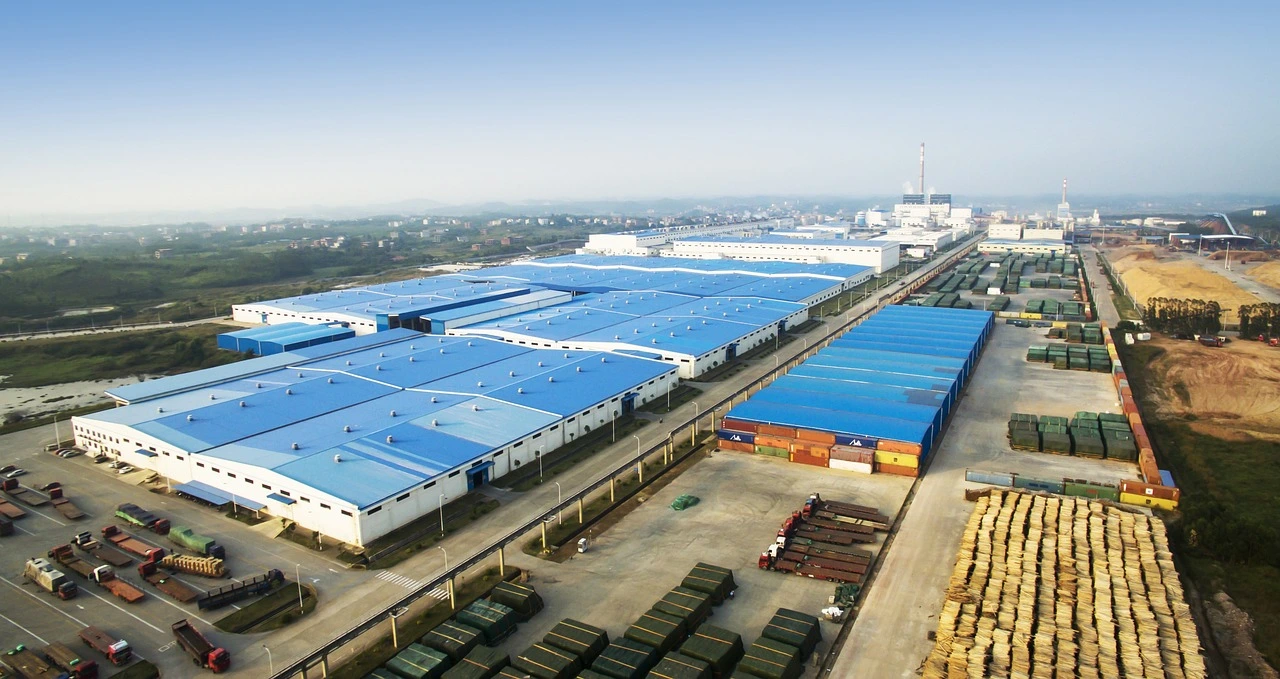
The company obtains real-time, reliable information about the location of finished goods in the warehouse. Losses due to obsolescence have been eliminated, and warehouse operations have been accelerated. The investment paid for itself in less than 1.5 years. Finished goods are stored as homogeneous bulk packages. In the warehouse, it is difficult to implement the FIFO principle, which leads to costs associated with the obsolescence of some finished goods.
The following main functionalities of the RFID system have been developed:
The labeling of pallets is automated, using an RFID label applicator. The applicator is integrated with an automatic roller conveyor. In addition to encoding the RFID labels with a unique identifier, they are also printed. Entire pallets of finished goods are labeled. The forklifts are equipped with an RFID reader and a terminal for the operator. The RFID reader is used to automatically identify the pallet on the forklift and inform the operator where to put the pallet back. The forklift also reads the RFID location tags of the RTLS system. Based on this, the location of the forklift and the pallet is determined with the accuracy of the warehouse sector. If the pallet has not been put down in the right place, a warning is displayed to the operator. The warehouse system records the location of the pallet and information about any deviation from the order. Releases from the finished goods warehouse are also carried out analogously on the basis of RFID readings, thus avoiding loading errors.
The entire RFID system has been integrated with the WMS warehouse system through the use of an RFID hub. It serves as the interface between the RFID system and the WMS system, and is a software that also has the functionality necessary for managing RFID equipment, monitoring its status, etc. The RFID system is invisible to the user, who accesses the WMS through a cart terminal or mobile terminal. By implementing an RFID system, a company obtains real-time, reliable information about the location of finished goods. This carries over to the ability to refresh inventory based on actual stock levels and implement the principles of suction systems in warehousing. The tangible benefits gained from the implementation are:
It was estimated that the investment paid for itself in less than 1.5 years.
This text is based on:
Gładysz B., Grabia M., Santarek K., RFID from concept to implementation. Polish perspective, PWN, Warsaw 2017, pp. 212-216